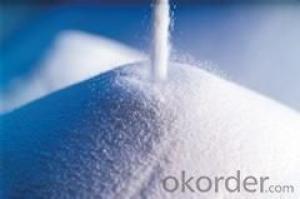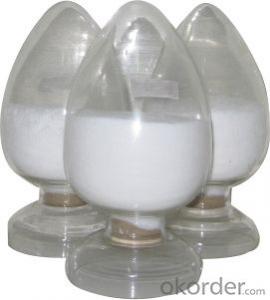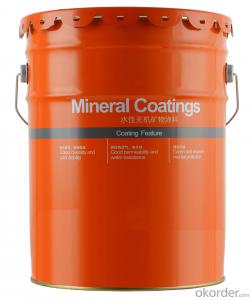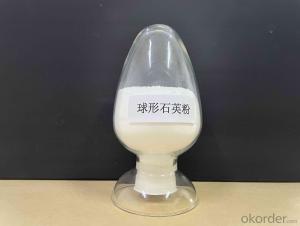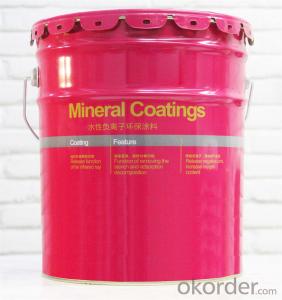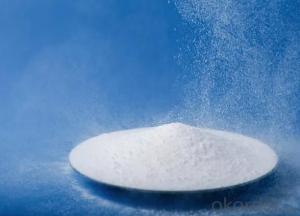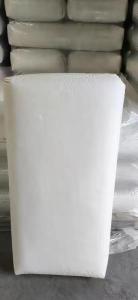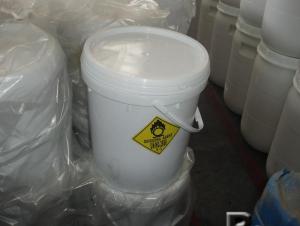White Carbon Black The Fumed Silica
- Loading Port:
- Tianjin
- Payment Terms:
- TT OR LC
- Min Order Qty:
- -
- Supply Capability:
- 10000MT m.t./month
OKorder Service Pledge
OKorder Financial Service
You Might Also Like
The Fumed Silica
Product Description:
Fumed Silica
1.Used in tires, tire body, with beam layer and sidewall rubber and rubber products,Shoes Etc.
2.Product Status:White powder
Suggest for Use:
(1) M-150 type is a hydrophilic fumed silica and is a white powder of high purity.Applied in rubber and room temperature vulcanized rubber(TVR) rubber, adhesives and sealants, coatings and paint, etc.As the strengthening filler of the rubber,the rheological and thixotropic fluid control systems, adhesives, polymers, etc.; dustproof, anti-sagging, thickening; improve the free flow of powder and anti-caking characteristics of powder.
(2) M-200 type is a hydrophilic fumed silica and is a white powder of high purity.Applied in coatings and paints, unsaturated polyester resin, composite resin and gel coats,elastomer, particularly rubber and RTV rubber, adhesives and sealants, printing inks, cable compounds, plant protection, food and cosmetics.As the strengthening filler of the rubber,the rheological and thixotropic fluid control systems, adhesives, polymers, etc.; dustproof, anti-sagging, thickening; improve the free flow of powder and anti-caking characteristics of powder,high transparency etc.
(3) M-300 type is a hydrophilic fumed silica and is a white powder of high purity.Applied in paints and coatings, silicon rubber and other elastomers, compounds and unsaturated polyester resins, adhesives and sealants, printing inks, etc.As the strengthening filler of the rubber,the rheological and thixotropic fluid control systems, adhesives, polymers, etc.; dustproof, anti-sagging, thickening; improve the free flow of powder and anti-caking characteristics of powder.It has excellent transparency in term of unsaturated polyester resin.
(4) M-380 type is a hydrophilic fumed silica and is a white powder of high purity. Applied in paints and coatings, silicon rubber and other elastomers, cable material and unsaturated polyester resins, adhesives and sealants, printing inks, etc.It can be used as reinforcing material for elastomers; rheology and thixotropy auxiliaries; dustproof, anti-sagging, thickening; It could enhance the free flow of powder and anti-caking; It has excellent transparency in term of unsaturated polyester resin.
TDS of the Fumed Silica Standard: GB3778-2003
Product Varieties | M-150 | M-200 | M-300 | M-380 | Test Method |
Nsa Surface Area(m2/kg)(BET)m2/g
| 150±30 | 200±30 | 300±30 | 380±30 | GB/T20020-2005 |
Suspension of pH value (4%) | 3.6~4.5 | 3.6~4.5 | 3.6~4.5 | 3.6~4.5 | ISO787-9 |
Loss on drying (dry 2H under the condition of 105 ℃) % | ≤1.5 | ≤1.5 | ≤1.5 | ≤1.5 | ISO787-2 |
Loss on ignition (1000 ℃ calcination for 2 hours based on105 ℃ drying after drying for 2 hours) % | ≤2.5 | ≤2.5 | ≤2.5 | ≤2.5 | ISO3262-1 |
45um sieve residue % | ≤0.05 | ≤0.05 | ≤0.05 | ≤0.05 | ISO787-18 |
Silica Content%(based on calcined products ) | ≥99.8 | ≥99.8 | ≥99.8 | ≥99.8 | ISO3262-20 |
Apparent density(based on105 ℃ after drying for 2 hours) g/L | 25~60 | 25~60 | 25~60 | 25~60 | ISO787-11 |
Carbon content(based on105 ℃ after drying for 2 hours) % | ≤0.2 | ≤0.2 | ≤0.2 | ≤0.2 | ISO3262-20 |
Safety:
As a matter of good industrial hygiene, gloves and safety glasses with side shields or better eye protection should be worn when handing Carbon Black ,For more information, refer to the MSDS.

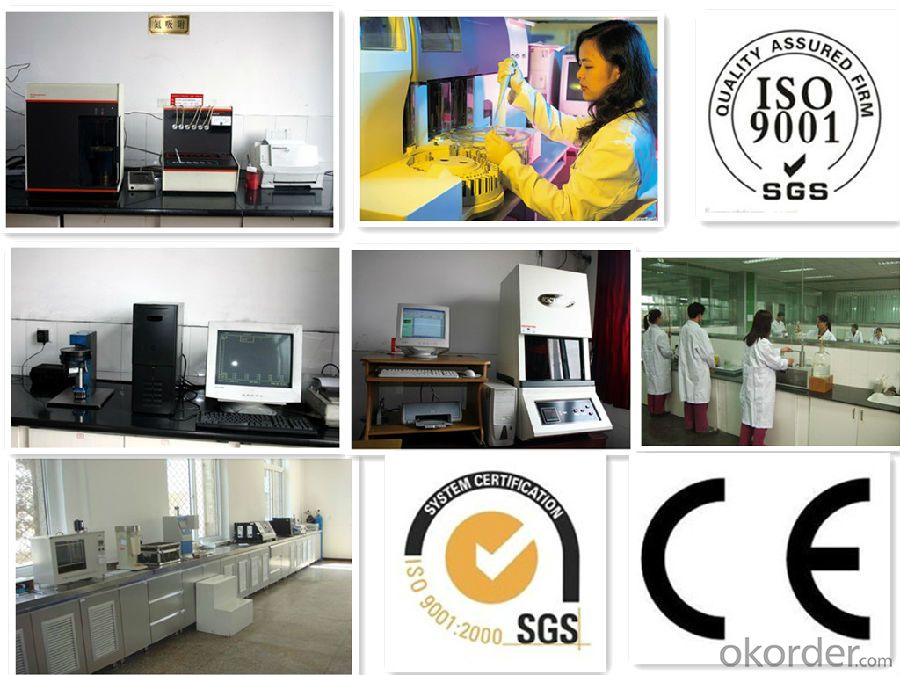
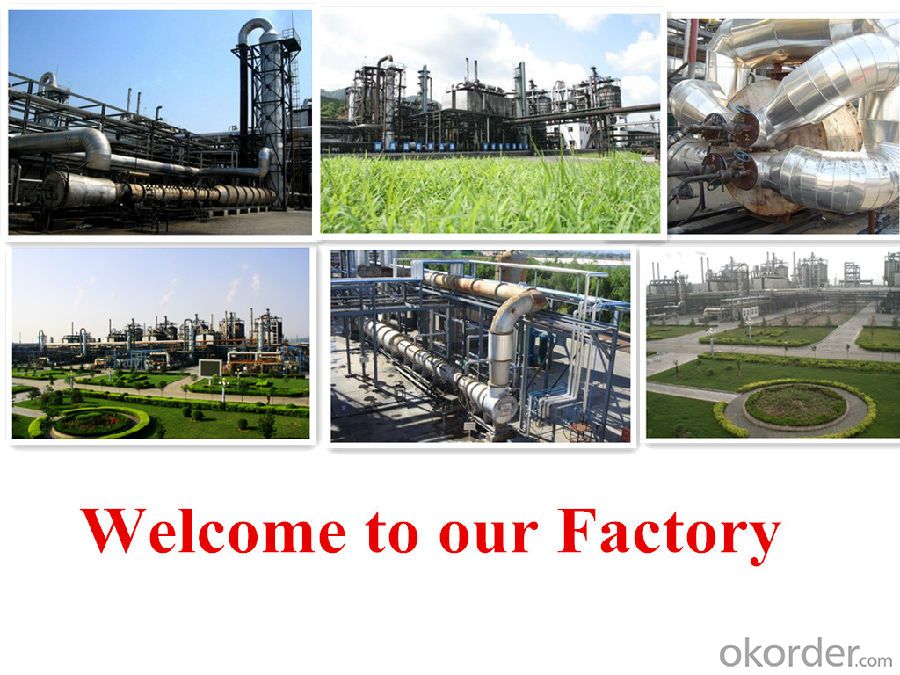
- Q:How does the chemical equation calculate the quality of the catalyst?
- Catalyst, the quality of the reaction before and after the same, the same chemical properties.
- Q:What is a catalyst in a chemical reaction?
- Hi Ganah! A catalyst is a substance that increases the rate of a chemical reaction without itself being used up in the reaction. They lower the activation energy for a reaction and also speed up the rate of the reaction (both in reverse and forward reactions). Let's look at a generic chemical reaction: A + B---C + D C + D---B + E Here, the catalyst is substance B because it is part of the chemical reaction but then it is not used up in the net reaction. See how it seems to be used up in the first step, but by the second step, the catalyst is made once again. The net reaction is A + B--->B + E and you can see how it is not consumed in the reaction. There are also 3 types of catalysts. Heterogeneous catalysts are catalysts that are in different phases than the reactants. An example would be like a reaction between two solids but a liquid is added to speed up the reaction. The liquid is in a different state of matter than the solids but it can still function as a heterogeneous catalyst. Homogeneous catalysts are catalysts that are in the same states of matter as the reactants. An example would then be ethyl acetate reacting with water to form acetic acid and ethanol with an acidic catalyst. They would all be liquids. Lastly, there are enzyme catalysts. These are proteins in your body that speed up biological reactions by reacting with substrates. I hope this helped and good luck with chem!
- Q:Chemistry: Does the catalyst participate in the reaction?
- The catalyst does not participate in the reaction, except that the reaction rate is changed.
- Q:What is the analytical principle of chemical adsorbents? How about the number of active catalyst centers tested?
- What do you mean by the chemical adsorber? BET is the use of the surface of the uneven force field, but the inert gas at low temperature in the surface adsorption. TPD, TPR is the number of active centers that can be measured by the technique of desorption and reduction between specific gases and catalysts as the temperature increases. If the active site is a reduced position, H2-TPR can be used. If the active site is acidic, NH3-TPD can be used, but also the method of alkali titration.
- Q:Before and after the chemical reaction, the nature of the catalyst unchanged this statement right? Why?
- Yes, the catalyst only acts as a catalyst and does not participate in chemical reactions
- Q:What is the chemical vinyl chloride and benzene plus catalyst?
- Ethylbenzene plus hydrogen chloride
- Q:Is it faster or slower? The What if you do not?
- Positive catalyst is to speed up the negative catalyst to slow down some reaction must be used to the catalyst otherwise difficult to react
- Q:Like biological and industrial reations. Thanks.
- Reactions that have high Activation Energy need catalysts to speed up reactions. These reactions aren't spontaneous since the reactants do not have enough energy to overcome the activation energy barrier. Catalysts are compounds that speed up reactions by providing an alternative pathway for the reaction. It is a common misconception that catalysts lower the activation energy. It doesn't actually lower the activation energy, instead it provides an alternative pathway with lower activation energy. For example, breakdown of hydrogen peroxide happens in nature but, relatively slowly. When you add a little bit of manganese dioxide, the breakdown happens a lot faster. Another example is, breakdown of glucose in the body. It is facilitated by an enzyme called amylase (or carbohydrase). An industrial example is the use of vanadium pentoxide (V2O5) in the Contact process, where SO2 is converted to SO3 in the presence of V2O5. Hope that helps!
- Q:High school stage which organic chemical reactions do not use catalyst
- Aldehyde and silver ammonia solution reaction, and the new system of Cu (OH) 2 reaction.
- Q:What is the relationship between the catalyst and the chemical reaction? What is the relationship between the enzyme and the catalyst?
- The catalyst can change the activation energy of the chemical reaction, thereby changing the reaction rate.
1. Manufacturer Overview |
|
|---|---|
| Location | |
| Year Established | |
| Annual Output Value | |
| Main Markets | |
| Company Certifications | |
2. Manufacturer Certificates |
|
|---|---|
| a) Certification Name | |
| Range | |
| Reference | |
| Validity Period | |
3. Manufacturer Capability |
|
|---|---|
| a)Trade Capacity | |
| Nearest Port | |
| Export Percentage | |
| No.of Employees in Trade Department | |
| Language Spoken: | |
| b)Factory Information | |
| Factory Size: | |
| No. of Production Lines | |
| Contract Manufacturing | |
| Product Price Range | |
Send your message to us
White Carbon Black The Fumed Silica
- Loading Port:
- Tianjin
- Payment Terms:
- TT OR LC
- Min Order Qty:
- -
- Supply Capability:
- 10000MT m.t./month
OKorder Service Pledge
OKorder Financial Service
Similar products
New products
Hot products
Related keywords
